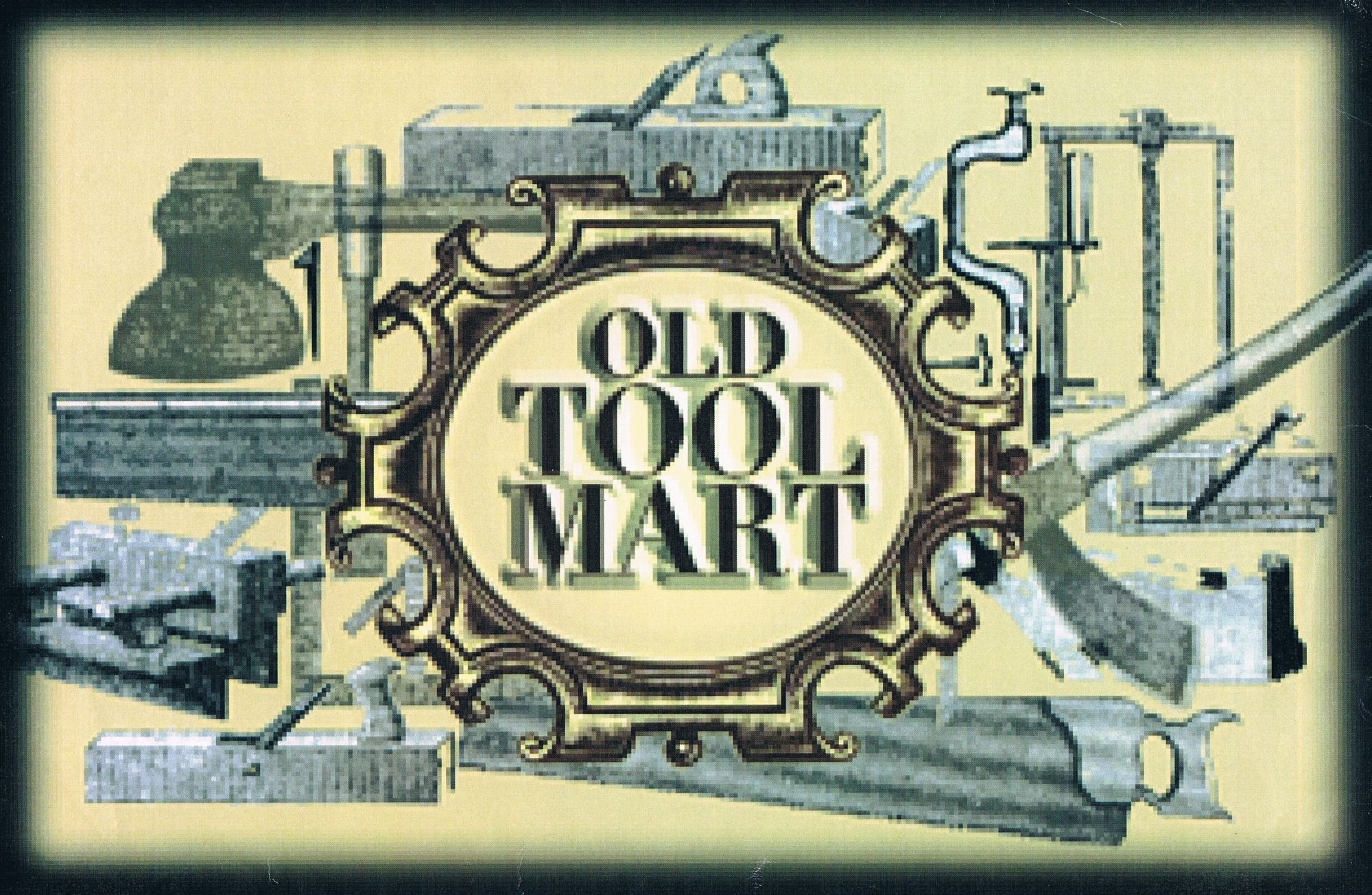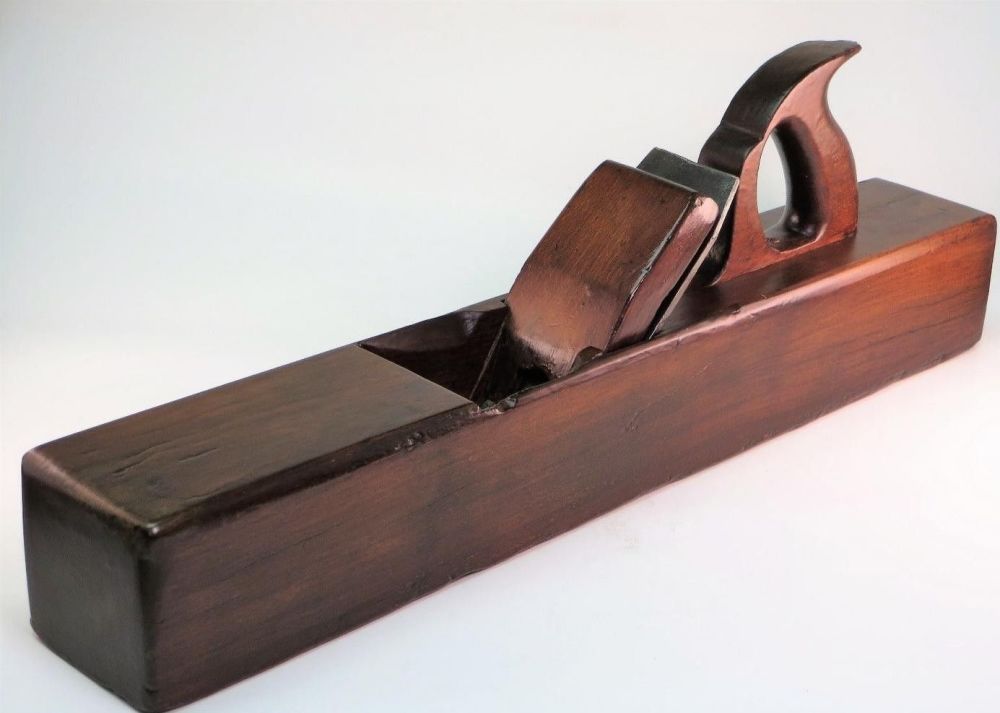The 5th Vintage hand Tool Extravaganza at Carlton Scroop
Posted on
*** Date for your diary***
The 5th 'Vintage hand Tool Extravaganza is being held on
Saturday 14th October 2023
Free entry and Free car parking
Location - same as always - is:-
The Village Hall
Newark Lane
Carlton Scroop
NG32 3AR
Lincolnshire
Come and meet the Tool Dealers - Daniel of Boyshills Tools from Devon, David from Norfolk, Robert from Old Hand Tools, Brian the Norris Plane man, Steve with his eclectic French selection, and of course myself, the 'other' Robert of Old Tool Mart
As well as being able to look at and buy the tools, we have various demonstrations throughout the day:-
* Pole-lathe woodturning and all things Bushcraft by Martin Rollins a.k.a. Silverback Bushcraft
* Saw restoration and sharpening with Peter Tiffney
* Andy James with woodturning segmented pieces * Beezy James and the art of Rag rug-making
* Splatback chairmaking with Peter Tree
Displays of rare and unusual tools will be shown by their proud and knowledgeable owners:-
* Richard Arnold showing some of his early wooden planes
* Andy Brown with his astonishing range of tools and ephemera rarely seen these days outside of a Museum!
* Tim Smith displaying his evergrowing collection of infilled Chariot and Mitre planes
A small stand supporting TATHS - The Tools and Trades History Society, with membership application forms, and small selection of their books etc
For your delight and delectation Sue and Valerie will be serving slices of theirdelicious home-made cakes, all washed down with a freshly made cuppa - Tea or Coffeee
Don't miss this great opportunity to meet up with like-minded tool enthusiasts
If you need any more details or information please message me, especially if you are wanting to buy a particular tool.
I will circulate any 'needs' to all the dealers, since their stalls will only have so much stock for the day - it means they will have the chance to dig out that 'elusive' tool that you're looking for
Look forward to meeting up with old friends and customers, and making many new ones!
Regards to all, Robert

